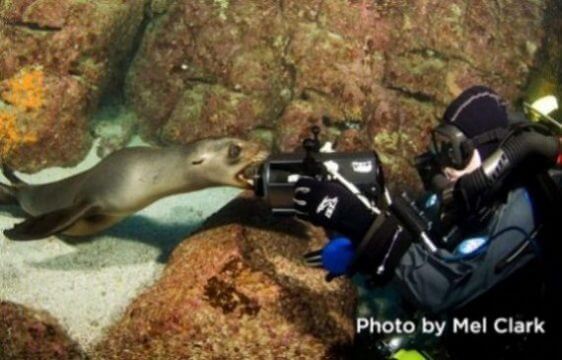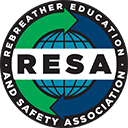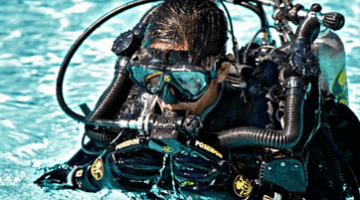RESA’s 10 point plan
Posted by Gabriel Pineda | October 12, 2015

DIVE REBREATHERS SAFELY BY FOLLOWING THIS 10 POINT PLAN.
— RESA RECOMMENDS
- Be wary of “internet advice”. Check the manufacturers and training agencies for best practise/configuration information and if you can’t find the information you need, contact them.
- Take time to learn your rebreather and practise using all the controls regularly.
- Use a checklist before every dive, for assembly and pre-dive checks, ensuring that when you get in the water you haven’t forgotten something stupid.
- Ensuring everything is okay BEFORE you get in the water increases the chances exponentially of it being a successful, trouble free dive.
- We’re all human, we all forget things, but you’re entering an environment where even trivial issues on the surface can be fatal underwater.
- No matter what your experience level, it is stupid not to use a checklist system, whether it be electronic or paper – use a checklist.
- Unless the manufacturer of your unit advises differently, change your oxygen sensors every 12 months — O2 sensors/cells are a consumable. Their useful life is much less in a rebreather than in a surface O2 analyser.
- Several diving professionals have lost their lives over the past few years because they didn’t change their cells in a timely fashion.
- Understanding what current limiting is and what to do about it are important skills. Test for it on every dive by adding a little bit of oxygen to see whether the cell rises by 0.1 bar or not, and if not start reducing your setpoint down below 1.0 bar or more or bailout to open circuit.
- Dive with a buddy. Be a buddy. Most rebreather divers are capable of diving alone but it is always useful to have a friend to help identify that your dry suit hose isn’t connected yet or is on hand to help reach components. A good buddy is a good diver. A good diver is a good buddy.
- Take your time. Take time to sit and think about the dive, about your equipment. Is everything connected? Is everything working properly?
- Plan your bailout requirements
- Ensure you have enough bailout gas for the planned dive
- Ensure you can reach bailout.
- Test your bail-out pre-dive and early in the dive
- If your “emergency plan” is your open circuit bailout, make sure you use it. Too many divers die carrying bailout.
- Use only the CO2 absorbent and grade recommended by the manufacturer, that is the grade tested in their machine and has known performance.
- Some absorbents are totally unsuitable for diving, they just don’t absorb CO2 quickly enough.
- If you do use a different diving grade absorbent to that recommended, you MUST reduce the usage time. If the absorbent has a larger granule size than that in the recommended absorbent, reduce the usage time by at least one third.
- Changing it early is much better than changing it late. Push the scrubber to it’s limits and one day you will be caught out.
- Don’t be afraid to cancel a dive. You are part of the pre –dive analysis. If you don’t feel right or have misgivings about the dive, just cancel it, walk away. The dive will be there tomorrow and the next day and the day after that. Be a good buddy, respect your buddy’s wishes – if s/he wants to cancel then so be it, they’re safer on the boat.
- Do pre-jump tests & re-check with appropriate safety drills when you jump in:
- Check PO2 on HUD and handset and continue to do so regularly during the dive
- Check both tanks are on
- Check buddy
- Leak check prior to dive and always bubble check in the water






[…] in these incidents and offered the Rebreather Education and Safety Association (RESA)’s 10 Point Plan. One of his comments stuck with me, “If there’s any doubt, there […]